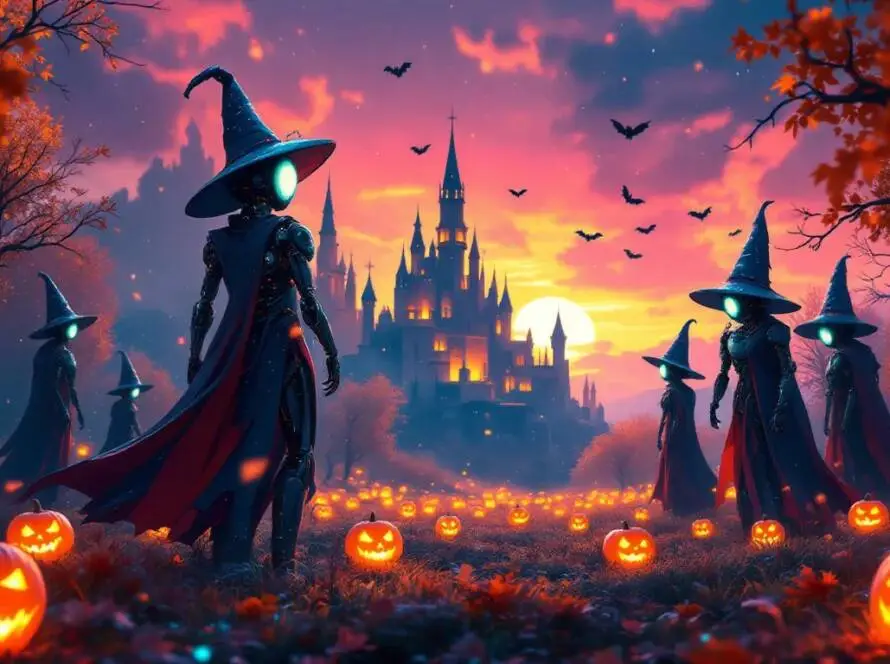V
alentine’s Day, celebrated on February 14, is a holiday recognized globally, primarily as a day for lovers to express their affection. This expression often takes the form of sending Valentine’s cards, giving flowers, or offering sweets. The holiday is named after several Early Christian martyrs named Valentine, with the most notable being Saint Valentine of Rome.
The association of Valentine’s Day with romantic love can be traced back to the High Middle Ages, particularly through the works of Geoffrey Chaucer. During this period, the concept of courtly love became popular, and Chaucer’s poetry helped to solidify the idea of February 14 as a day for lovers. Over time, various customs and traditions have evolved, making Valentine’s Day a significant occasion for celebrating love and affection in many cultures.
Valentine's Symbols: Where Love Takes Shape!
Heart
I
t’s not clear when the Valentine heart shape became the symbol for Valentine’s Day. Some scholars speculate that the heart symbol, as we use it to signify romance or love, came from early attempts by people to draw an organ they’d never seen.
The heart is the quintessential symbol of love. Its shape is universally recognized as a representation of affection and passion. Whether depicted in red, pink, or even gold, hearts are found on cards, decorations, and gifts, making them a staple of Valentine’s Day celebrations.
Cupid
C
upid was the god of love in Roman mythology. The name Cupid is a variation on Cupido (“desire”), and this god was also known by the name Amor (“love”). It was commonly believed that Cupid was the son of Venus, the Roman goddess of love, and this association between Venus and Cupid was quite popular in myth, poetry, literature, and art.
Lace
L
ace has long been used to make women’s handkerchiefs. If a woman dropped her handkerchief, a man might pick it up for her. Sometimes, if she had her eye on the right man, a woman might intentionally drop her handkerchief to encourage him.
Love Birds
L
ovebirds, colorful birds found in Africa, are named because they sit closely together in pairs — like sweethearts do. Doves are symbols of loyalty and love because they mate for life.
Love Knots
L
ove knots have a series of winding and interlacing loops with no beginning and no end. A symbol of everlasting love, love knots were made from ribbon or drawn on paper.
Red Rose
R
ed roses were said to be the favorite flower of Venus, the Roman goddess of love. Red is also a color that signifies strong feelings.
XXXXX
H
ow about the “X” sign representing a kiss? This tradition started with the Medieval practice of allowing those who could not write to sign documents with an “X”. This was done before witnesses, and the signer placed a kiss upon the “X” to show sincerity. This is how the kiss came to be synonymous with the letter “X”, and how the “X” came to be commonly used at the end of letters as kiss symbols. (Some believed “X” was chosen as a variation on the cross symbol, while others believe it might have been a pledge in the name of Christ, since the “X” — or Chi symbol — is the second letter of the Greek alphabet and has been used in church history to represent Christ.)
Disclaimer:
The information provided in this blog is for informational purposes only and should not be considered professional advice. While we strive to provide accurate and up-to-date information, we make no guarantees about the completeness or reliability of the content. Any actions you take based on the information in this blog are at your own risk. Additionally, this blog may contain affiliate links, and we may earn a commission from purchases made through those links.









